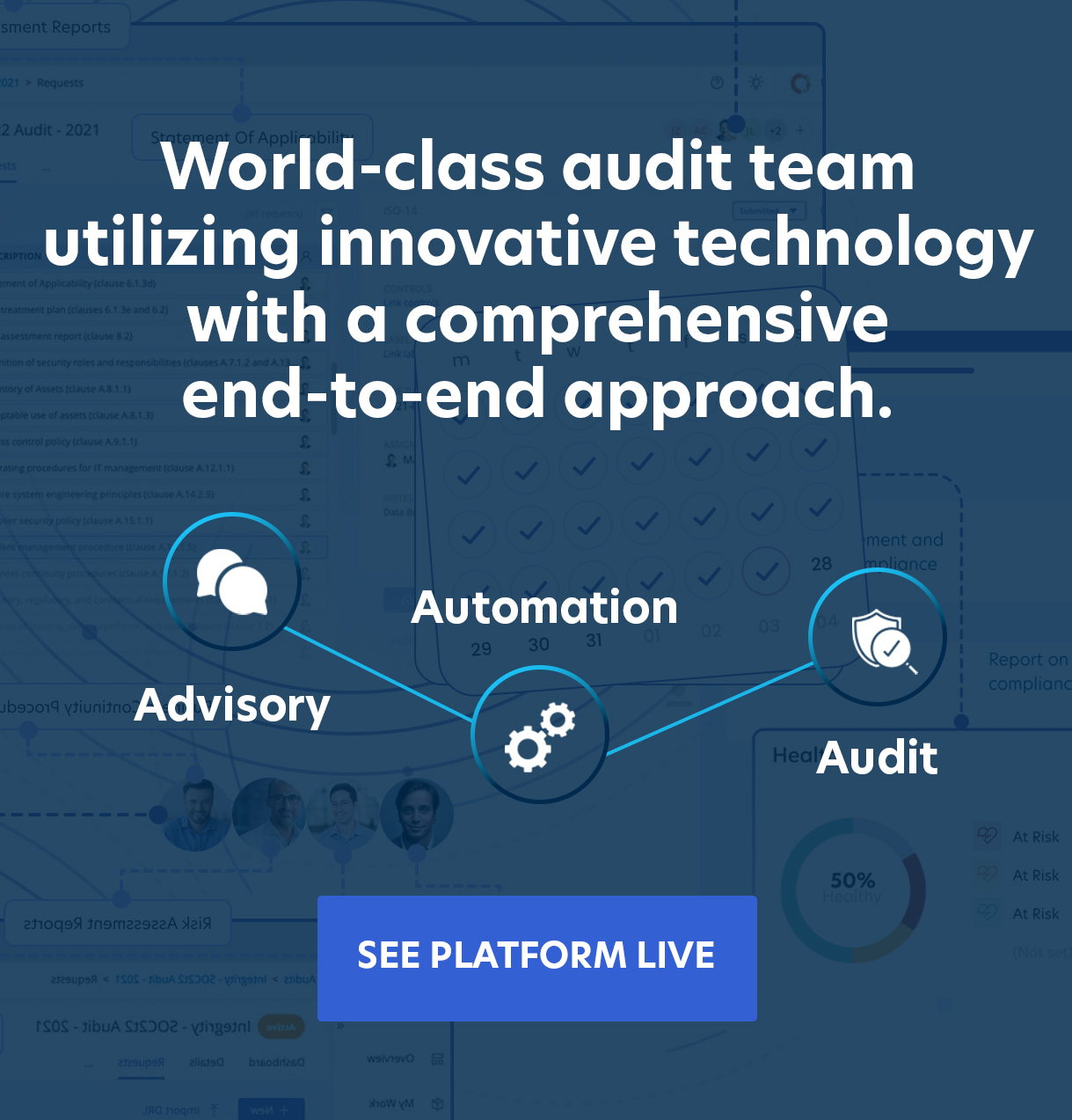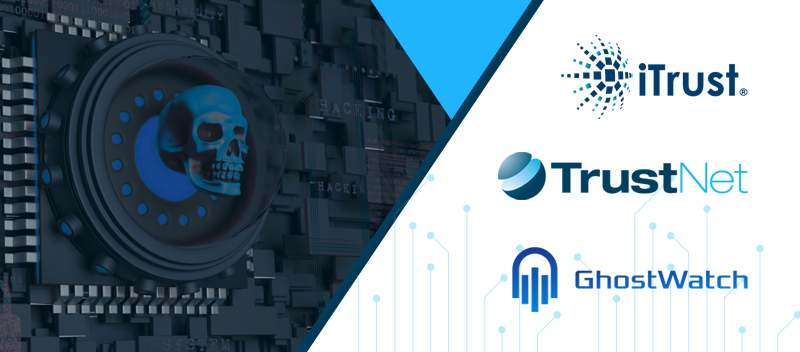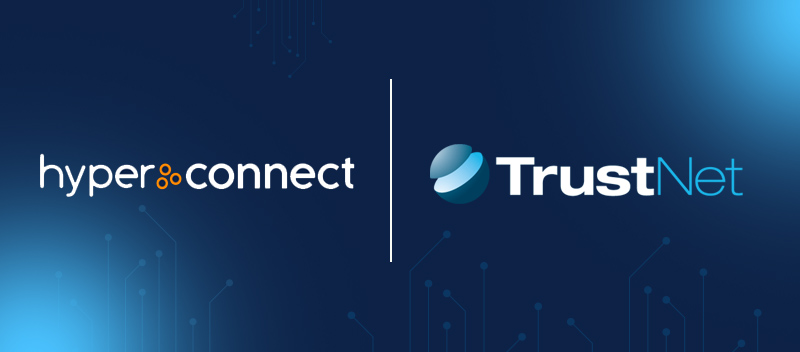Blog SOC 2 Readiness Assessment: All You Need to Know
SOC 2 Readiness Assessment: All You Need to Know
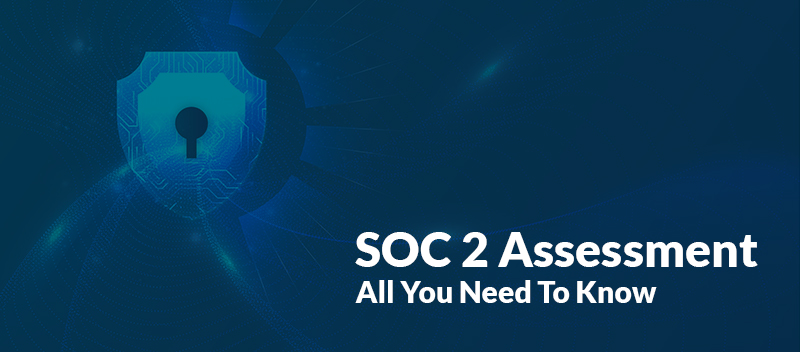
You’ve heard about SOC 2 audits, and it’s got you scrambling to ensure your organization is ready for this significant compliance task. Many must realize that the real work starts before even calling in a certified auditor with an efficient SOC 2 readiness assessment.
What is SOC 2?
SOC 2 stands for System and Organization Controls 2. It’s a set of criteria designed by the AICPA (American Institute of Certified Public Accountants) to ensure that service organizations manage customer data securely and reliably.
Choose either Type I or Type II SOC 2 report based on your needs: Type I is quicker but less comprehensive, while the more detailed Type II is commonly preferred among prospects. This stringent audit confirms adherence to one or all five trust principles: security, availability, processing integrity, confidentiality, and privacy, depending on what your services handle.
The result comes as an endorsement from licensed CPA firms who verify if adequate internal controls and policies function as expected within your organization. Critical for preserving client confidence, achieving this verification indicates conscious efforts toward risk management and securing information assets.
Trust Services Principle
The Trust Services Principle forms the backbone of a SOC 2 audit. This principle dictates that an organization must maintain robust policies and controls for securing customer data.
Such measures, confirmed by licensed CPA firms during the audit process, endorse an organization’s commitment to safeguarding sensitive information.
Creating comprehensive documentation is also critical under this principle. By systematically recording its security controls and protocols, an organization provides tangible proof of adherence to industry standards.
Implementing platforms like ours can further optimize these processes, making it easier for organizations to demonstrate compliance readiness and align with the Trust Services Principle.
Requirements and Points of Focus
Understanding the requirements for a SOC 2 readiness assessment is crucial. The objective of this stage is to ensure businesses comply fully with the established Security and Compliance Foundations.
This involves maintaining necessary documentation, implementing adequate security controls, and formulating appropriate risk mitigation strategies. Prominent focus points include robust encryption methods to protect Personally Identifiable Information (PII), standardized authentication procedures, data transmission, and encryption requirements.
Each organization’s control environment also plays a significant role in shaping these requirements. These refer to vital components such as ethical values maintained within the business entity’s internal oversight structures that regulate various processes and procedures adhered to by your staff members at all levels of the management hierarchy.
Preparing thoroughly against each predefined criterion can significantly smoothen your compliance journey toward obtaining a favorable SOC 2 report from certified auditors during the actual audit process.
Types of SOC 2 Reports
The major distinctions between Type I and Type II SOC 2 reports revolve around the depth of the audit and the time period it covers. Here’s a simple comparison of the two types of reports in a table format:
| SOC 2 Type I Report | SOC 2 Type II Report |
| Provides a snapshot of the organization’s controls at a specific point in time. | Evaluates the effectiveness of controls over a specified review period, typically 6 to 12 months. |
| Audit is less detailed and completed more quickly than a Type II audit. | Audit is more thorough and detailed, providing assurance that controls were consistently applied and effective over time. |
| Can be a useful starting point for organizations just starting their SOC 2 journey. | Preferred by most prospects due to the comprehensive nature of the review and the reassurance it provides about the effective operation of controls. |
Both Type I and Type II SOC 2 reports have their role to play, but the choice between them depends on your organization’s needs, risk tolerance, and stakeholders’ expectations.
Which SOC 2 report is right for my organization?
Choosing the suitable SOC 2 report for your organization depends primarily on your unique security and compliance requirements. A Type I report might be enough for many startups and small-to-medium-sized businesses – it’s quicker to obtain. It outlines what security policies and procedures are in place at a specific time. However, it’s worth noting that Type I reports need more depth than its counterpart.
On the contrary, if an elaborative examination of your controls over an extended period is required, then a Type II report better suits your needs. This type of SOC 2 audit comprehensively assesses how effectively you manage risk mitigation processes within your organization over time.Therefore, larger organizations or those with complex information systems often favor this method due to its thoroughness in auditing their cybersecurity framework.
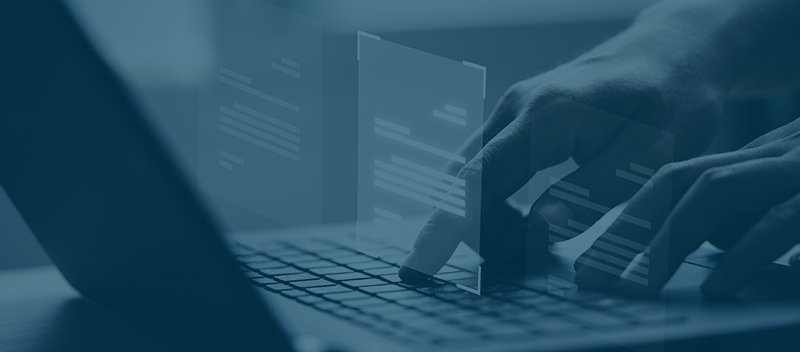
Significance of SOC 2 Readiness Assessment
The SOC 2 readiness assessment plays a crucial role in determining an organization’s level of preparedness for the formal audit, thereby allowing it to identify and rectify potential non-compliance issues ahead of time. It acts as a roadmap for ensuring adequate security control measures, risk management practices, and comprehensive documentation are suitably placed to meet the Trust Services Criteria. Hence, a readiness assessment pre-empts failure during the actual audit by spotlighting areas that require attention – these could range from policy discrepancies concerning access control to weak points within vulnerability management processes.
Evaluate your organization’s maturity level
Assessing your organization’s maturity level is essential in the SOC 2 readiness assessment. An organization with a high maturity level typically has strong security and compliance controls, while those at lower levels might need to strengthen their defenses.
Organizations should employ measures like risk assessments, incident response plans, and various control activities for successful audit outcomes. This evaluation involves understanding threats and vulnerabilities unique to your business operations and remediation techniques for potential information security risks.
Tools like TrustNet’s consolidated dashboard can help streamline this process by flagging areas requiring improvement before official SOC 2 audits occur.
Preparing for the audit
Crucial steps make up the process of preparing for a SOC 2 audit.
Essentially, these are:
1. Establish clear organizational objectives for security and compliance.
2. Identify key processes and procedures in your business operations.
3. Conduct an initial review of your existing policies using a SOC 2 readiness checklist.
4. Implement systematic identification and control over key information assets.
5. Generate detailed data flow diagrams to understand current network environment.
6. Ensure all system configurations adhere to standardized guidelines.
7. Verify the appropriate use of firewall and router procedures.
8. Incorporate file integrity monitoring software into your security apparatus.
9. Devise robust incident response tracking mechanisms.
10. Plan for adequate data recovery protocols and business continuity planning in case of threats or breaches.
11. Enforce rigorous change control measures and separate duties between development and production environments.
Key Areas of Focus During SOC 2 Readiness Assessment
A SOC 2 readiness assessment highlights three key areas: the verification of policies and controls, vulnerability and risk management strategies in place, and a thorough review of all related documentation within your organization.
Policies and controls
Organizations embarking on a SOC 2 readiness assessment need to emphasize strengthening their policies and controls. These form the skeletal structure of any robust security and compliance program by setting guidelines for acceptable organizational behavior and actions. To ensure effective cybersecurity, these control activities must be paired with security policies that explicitly define the company’s commitment to protect its information assets.
Policies such as access management, vendor management, risk mitigation process, and oversight procedures work collaboratively to ensure safety in all spheres: digital data protection, physical environment safety or even regulating employee conduct.
Regular reviews ensure these rules remain current and reliable while preserving integrity throughout business operations.
Vulnerability and risk management
Identifying potential weaknesses and mitigating risks forms the core of vulnerability and risk management. This process includes activities such as conducting penetrating tests, vulnerability scans, and comprehensive risk assessments.
These essential strategies ensure that an organization is ready to confront any security threats head-on. It highlights any existing vulnerabilities in the system that hackers could potentially exploit, providing a framework for strengthening data protection measures and technologies used in your business operations.
Thorough vulnerability scans should also be performed regularly to identify possible weak points continually. Effective management of these aspects not only contribute significantly towards achieving SOC 2 readiness but provide long-term advantage by keeping operational effectiveness at peak levels always ensuring optimum security practices are maintained across organizations’ information systems.
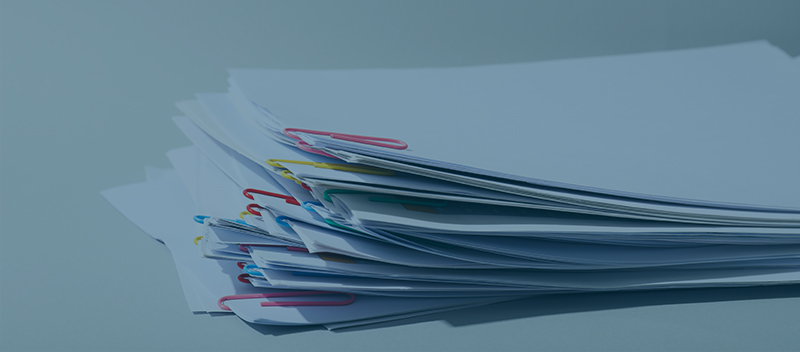
Documentation
Effective documentation serves as a cornerstone in the SOC 2 readiness assessment process. This includes maintaining detailed records of all security controls and procedures and demonstrating their implementation throughout the organization. Such meticulous record-keeping forms the backbone supporting your preparation for successful auditing.
For instance, while creating access management policies or conducting vulnerability scans, relevant documentation must be updated to reflect these activities accurately and promptly. Therefore, building a comprehensive and robust documentation system becomes paramount for staying organized and demonstrating transparency and accountability during audit processes.
Steps to Prepare for SOC 2 Audit
In preparing for a SOC 2 audit, organizations must carry out various vital steps such as conducting new hire onboarding and termination activities, managing changes effectively, ensuring proper user access provisioning and de-provisioning process, scanning application vulnerabilities regularly, and providing timely penetration testing reports.
New hire onboarding & employee termination activities
In your audit preparations, consider your processes involving new hire onboarding and employee termination. This focus is crucial because these activities directly influence your organization’s security controls for data access. New employees must be properly onboarded, introducing them to handling sensitive data effectively while ensuring they have suitable access rights. Termination practices should be equally secure, removing all system access immediately upon an employee’s departure and reducing potential security risks. Your SOC 2 readiness relies heavily on these procedures being robust and adhered to without fail.
Change management activities
Change management activities play an instrumental role in achieving SOC 2 audit success. This involves proactively identifying and effectively handling security risks, focusing on developing aggressive information security policies and robust controls. Riding high on minimizing possible impact due to changes, organizations must put into motion stringent change control procedures that systematically underline the separation of duties – an essential process aimed at preventing fraudulent activities and reducing errors.
Along this journey towards enhanced compliance, enterprises must consider their current maturity level within the framework, emphasizing changes tailored to specific requirements before stepping towards higher levels for unflinching policy adherence.
Organizations starting with lower maturity should work diligently to devise defined processes and controls while maintaining accurate documentation to back up each effort.
User access provisioning and de-provisioning
User access provisioning involves allotting specific levels of system access to employees based on their job roles. Appropriate controls ensure that only necessary levels are granted, mitigating possible risks.
They permit authorized users, applications, or systems to achieve business objectives securely. On the other hand, de-provisioning zeroes out this process by revoking access rights when they’re no longer needed – usually during role changes or terminations.
Both activities are critical in maintaining an organization’s security posture and its journey toward SOC 2 compliance.
Application vulnerability scans
Application vulnerability scans play a pivotal role in SOC 2 readiness preparation. These comprehensive scans discover and analyze potential security weaknesses within software applications, foreseeing areas where an unauthorized intrusion could occur. Typically conducted by third-party experts, these scrupulous examinations delve into your interfaces, databases, and back-end networks – scrutinizing every moment for latent vulnerabilities.
Vulnerability scan reports can offer invaluable insights to strengthen the organization’s protection mechanisms against cyber threats. Following each scan, proof of remediation must be compiled as part of the evidence collection process toward SOC 2 compliance.
They indicate potential loopholes and provide guidance on relevant corrective measures that must be undertaken promptly. Thus, ensuring robust application security becomes integral for successful SOC 2 audit progression.
Penetration testing reports
Penetration testing is crucial to vulnerability and risk management during the SOC 2 readiness assessment. These tests purposefully exploit systems to find security weaknesses that could be used maliciously against your organization. Detailed reports from these tests show the potential risks and areas needing improvement to harden your organization’s cyber defenses. The penetration testing report’s findings craft a remediation roadmap, making them vital components while preparing for an upcoming SOC 2 audit.
Investing in cybersecurity measures, including comprehensive penetration testing, can seem costly upfront; however, it prevents financial loss through data breaches or failed audits in the long run—proving its worth beyond expectations.
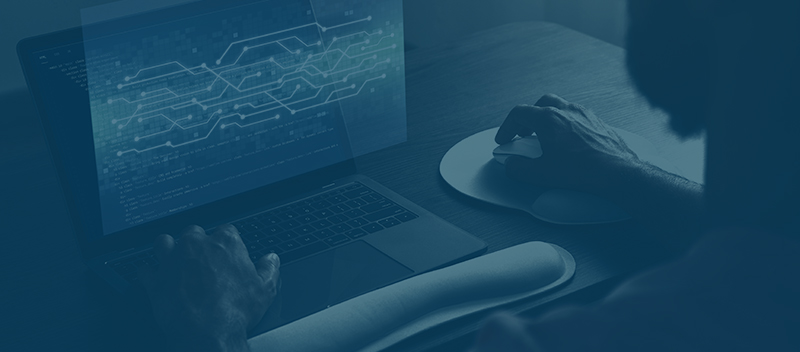
Automation in SOC 2 Compliance
Discover how automation can drastically simplify the evidence collection process for SOC 2 compliance, easing your audit journey. Explore this exciting approach further in our comprehensive coverage.
How automation can ease evidence collection
Automated tools are on the front line in SOC 2 compliance, transforming evidence collection entirely. Automation can perform continuous system checks and data assessments without human interference, significantly reducing the person-hours spent on such tasks. Compliance teams no longer need to scramble for evidential records at audit time. Automated software routinely captures all relevant information during regular operations, documenting it concisely for immediate use when necessary.
This streamlines evidence collection and ensures accuracy by eliminating human error potential and preventing valuable data loss. Thus, automation aids in maintaining a proactive stance towards compliance readiness while mitigating risks associated with errors or oversight efficiently.
Cost and Benefit Analysis of SOC 2 Report
This section will provide a detailed examination of the financial commitment required for acquiring a SOC 2 report, juxtaposed with an in-depth analysis of the potential benefits, including enhanced security and trustworthiness, that could result in increased business opportunities.
How much does a SOC 2 report cost?
A SOC 2 report’s cost is not stagnant and varies considerably based on numerous factors. The underlying determinants include your organization’s size, complexity, and the number of controls being evaluated. It essentially hinges on an estimated effort required to assess each control under scrutiny for the report’s generation process. Nonetheless, it is vital to leverage that such expenditure often results in high-value benefits like gaining customer trust and adherence to regulatory compliance requirements, making it a worthwhile investment for businesses seeking growth.
Is the investment worth it?
Implementing a SOC 2 readiness assessment requires both time and monetary commitment. Companies often need to be more concerned about whether the cost is justified. Here’s a fact from industry experiences: businesses investing in this preparative stage have experienced smoother audit processes and avoided unnecessary hitches related to non-compliance penalties or setbacks that come with failing an audit.
This preparation also boosts consumer trust by reflecting on proactive data security measures, directly supporting business retention and growth. Therefore, seeing beyond immediate expenses towards future benefits validates that investment in a SOC 2 readiness assessment provokes substantial returns.
Leveraging TrustNet for SOC 2 Compliance
Explore how the TrustNet platform’s streamlined and automated compliance solution can strengthen your security policies and protocols for a successful SOC 2 audit while offering robust in-house support. Learn about its effective management of vendor relationships, comprehensive vulnerability scanning and penetration tests, and efficient risk assessments contributing to overall data privacy and risk mitigation within a legally compliant environment.
The TrustNet platform
TrustNet platform simplifies the preparation for SOC 2 audits by condensing months of work into days. It provides a centralized dashboard for compliance, housing functions such as continuous monitoring, and automated evidence collection in one accessible location. Not only does it streamline the process, but it also enhances risk management practices.
To ease policy development further, the platform supplies business-specific policy templates to organizations striving to meet their SOC 2 report requirements. This function eliminates the guesswork, and trusting your company’s security no longer feels like a leap of faith.
In-house support
TrustNet takes pride in providing robust in-house support to businesses gearing up for SOC 2 audits. This makes the compliance journey less daunting and more efficient for clients. The team’s experts guide companies through each readiness assessment phase, assisting with vital tasks such as documentation creation and control evaluations.
Leveraging their expertise allows your organization to navigate complex security controls better, thus enhancing its overall audit preparedness. Ghostwatch’s hands-on approach also helps you establish a firm foundation for a strong security culture necessary for successful SOC 2 certification.
Implementing SOC 2 readiness assessment plays a crucial role in ensuring successful audits. It paves the way for tighter security, robust controls, and enhanced data protection within your organization.
With the helping hand of the platform, you can seamlessly integrate automation into compliance processes for improved efficiency. The strategic approach towards SOC 2 certification also provides long-term customer trust and business growth benefits.
Secure your business with TrustNet’s top-tier compliance services.
Talk to an expert today.

